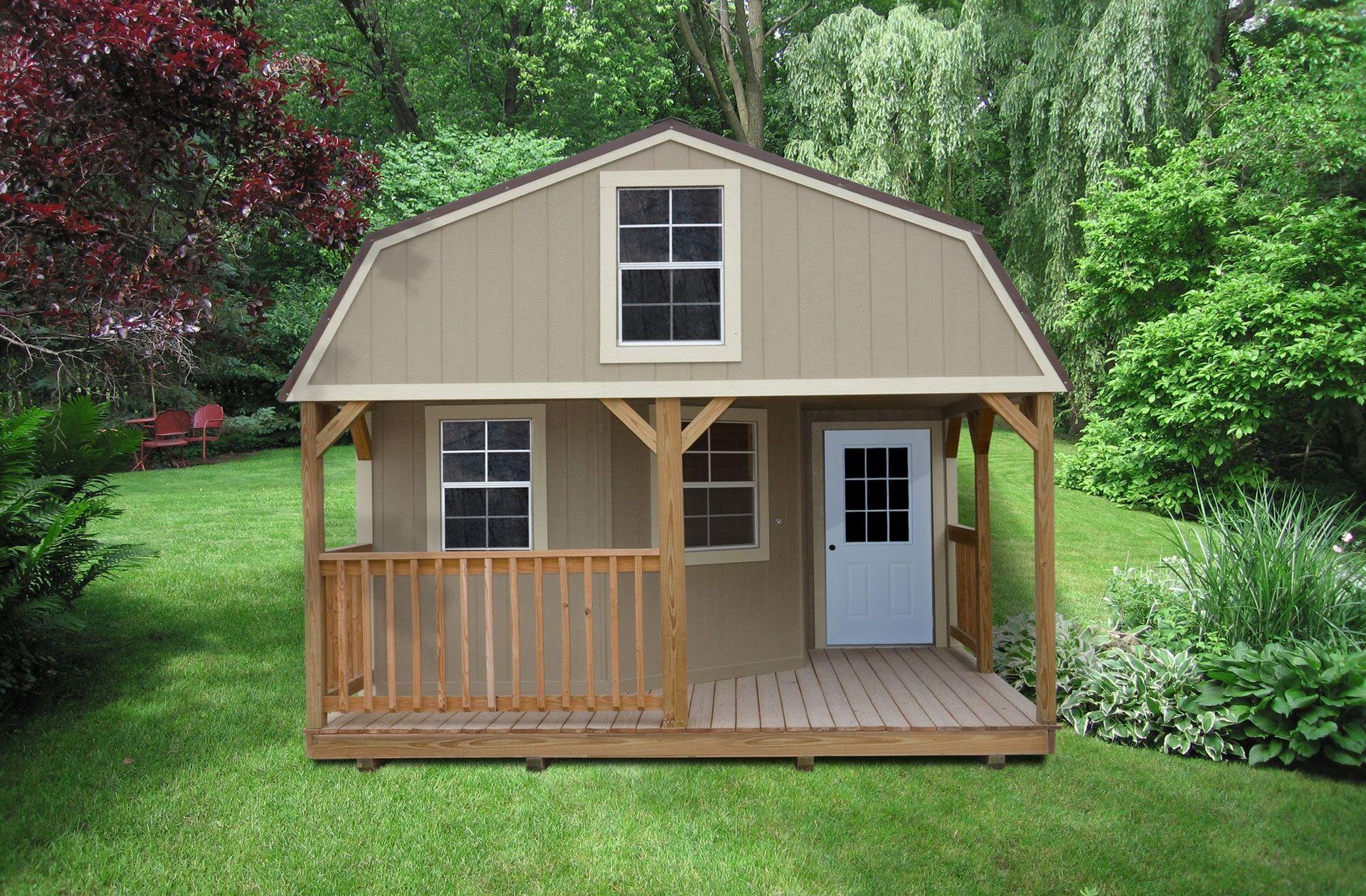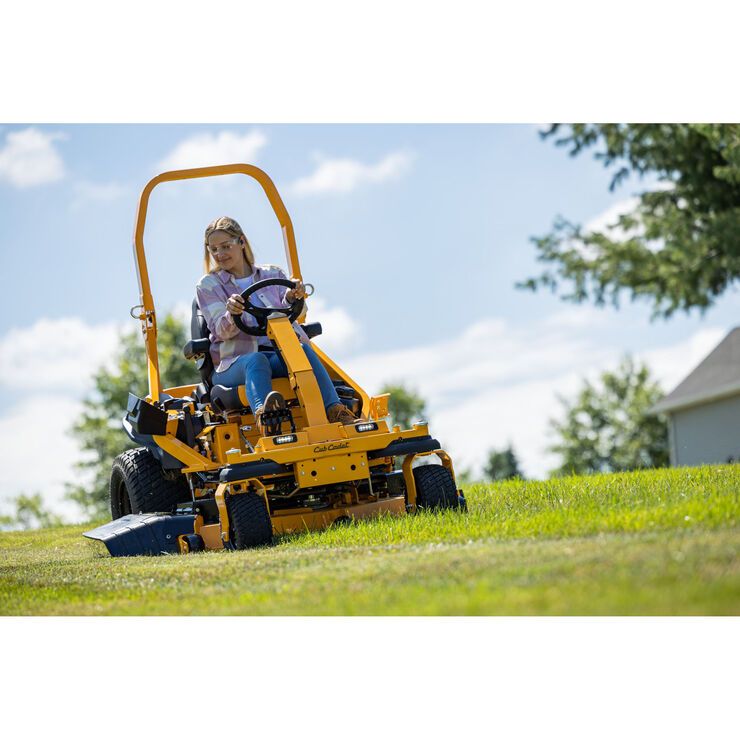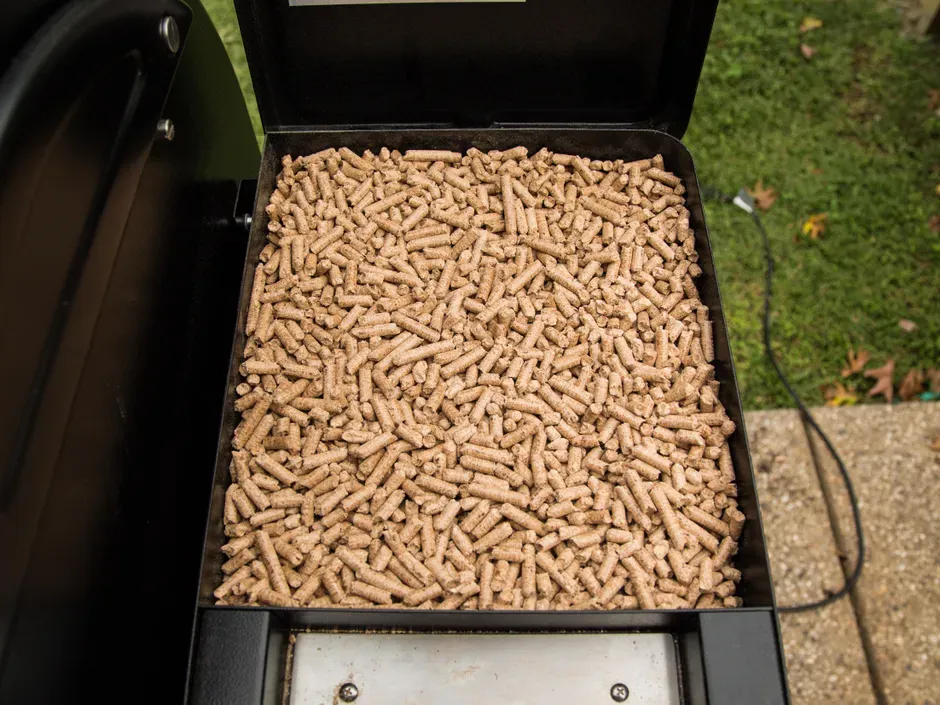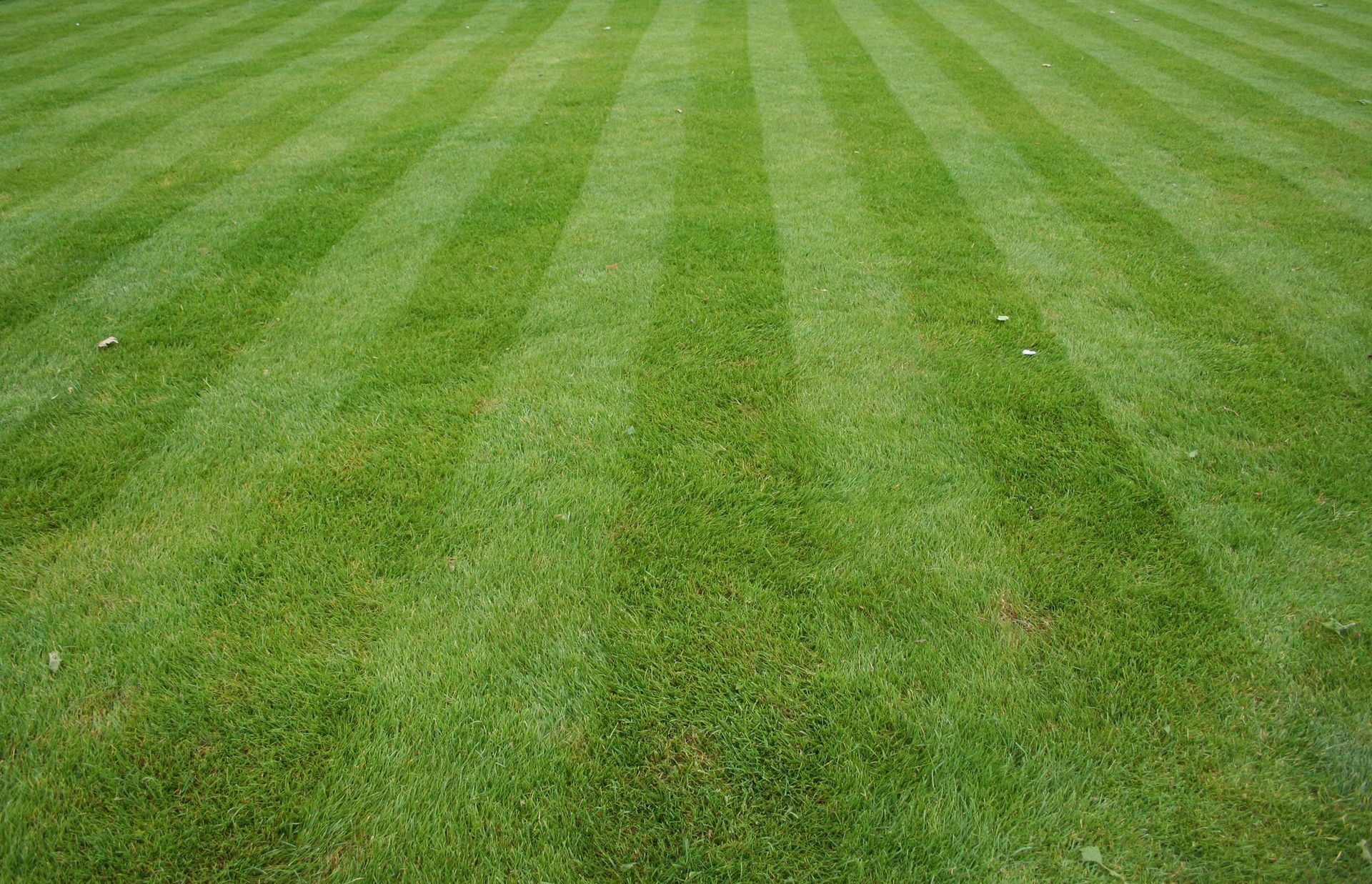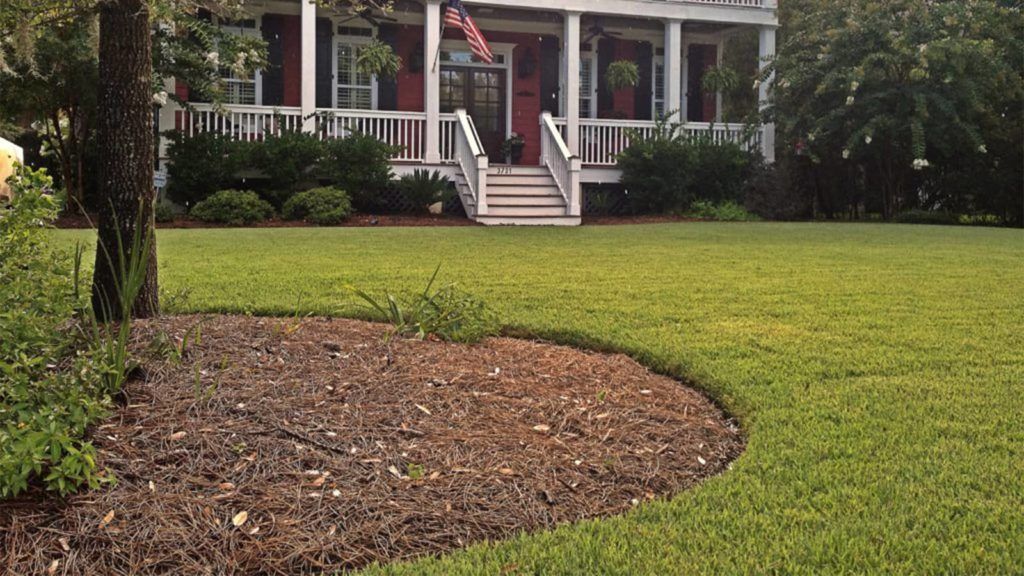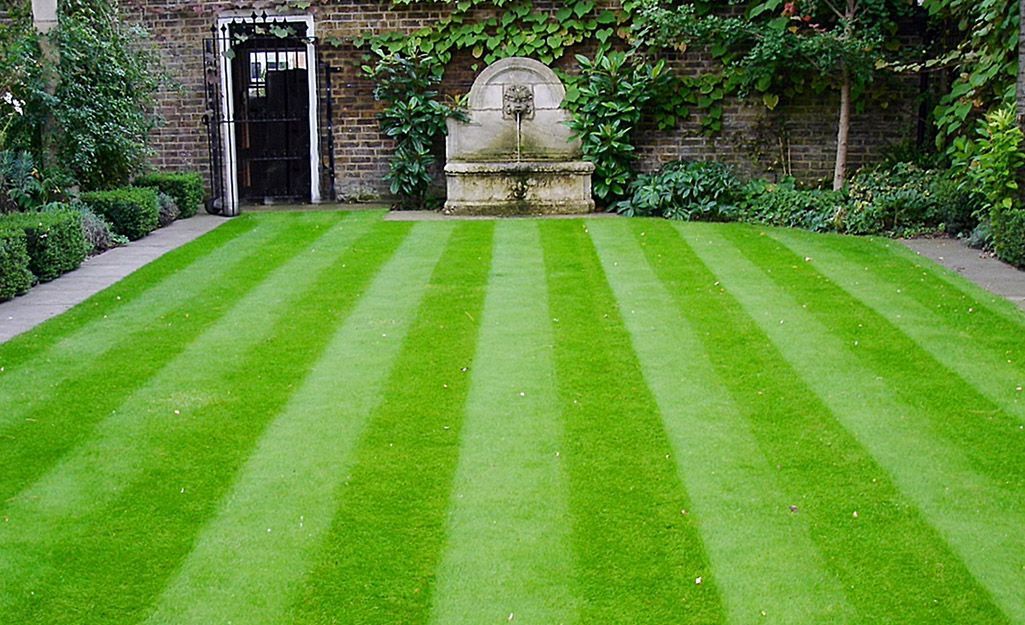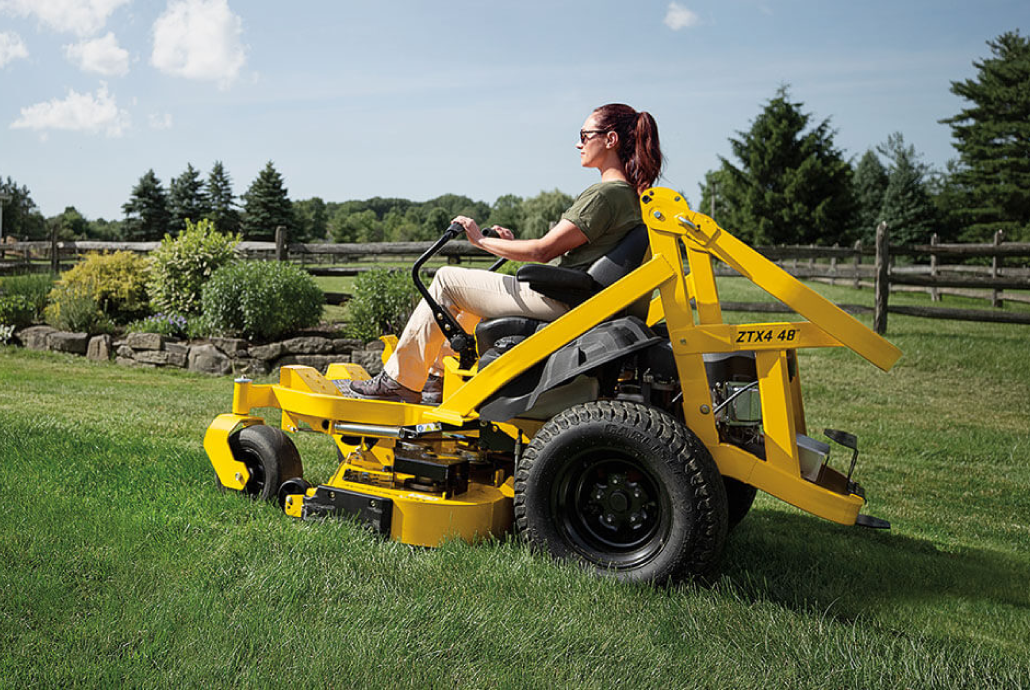M&D Insider
Busque nuestras recetas a la parrilla y otras publicaciones de blog
Sugerencias de búsqueda:
Chicken/Steak/Pork/dip/Entrees/appetizers/Brisket/Salmon/Sides/Bacon/Shrimp
Información privilegiada sobre productos

por Luke Fuqua
•
25 de marzo de 2025
Welcome to M&D Enterprises & Lawnmower Shops in Weatherford, Oklahoma! Since 2016, we've been dedicated to serving the great people of Western Oklahoma, providing top-quality products and exceptional customer service. Our Weatherford location is your one-stop destination for all your lawn, porch, and patio needs.

por Luke Fuqua
•
11 de marzo de 2025
When it comes to high-quality outdoor power equipment , portable buildings , steel structures , and lawn care essentials , M&D Enterprises has been a trusted name across Northwest Oklahoma . One of our standout locations is Canton, OK , where we bring top-notch products and exceptional service to the local community. Whether you're in the market for a Cub Cadet mower , a Derksen portable building , hunting products , or a Hustler zero-turn mower , our Canton store has you covered . Keep reading to discover why M&D Enterprises in Canton, OK , should be your go-to destination for all things lawn care, storage, and outdoor equipment !

por Luke Fuqua
•
6 de marzo de 2025
When it comes to quality outdoor power equipment , portable buildings , and expert service , M&D Enterprises is your go-to destination in Northwest Oklahoma. With two convenient locations in Woodward, OK, we make it easy for customers to find top-tier mowers , sheds , carports , grills , and more—all backed by outstanding customer support.
Recetas y consejos a la parrilla

por Trina Dunkin
•
4 de abril de 2025
You’ve heard of pulled pork, but what about its saltier, savory cousin? Our super simple smoked pulled ham recipe gives store-bought ham a Pork & Poultry Rub coating before cooking low and slow on the Traeger and basting with BBQ sauce and apple cider. Once off the grill, this ultra-tender ham shreds up like a charm.
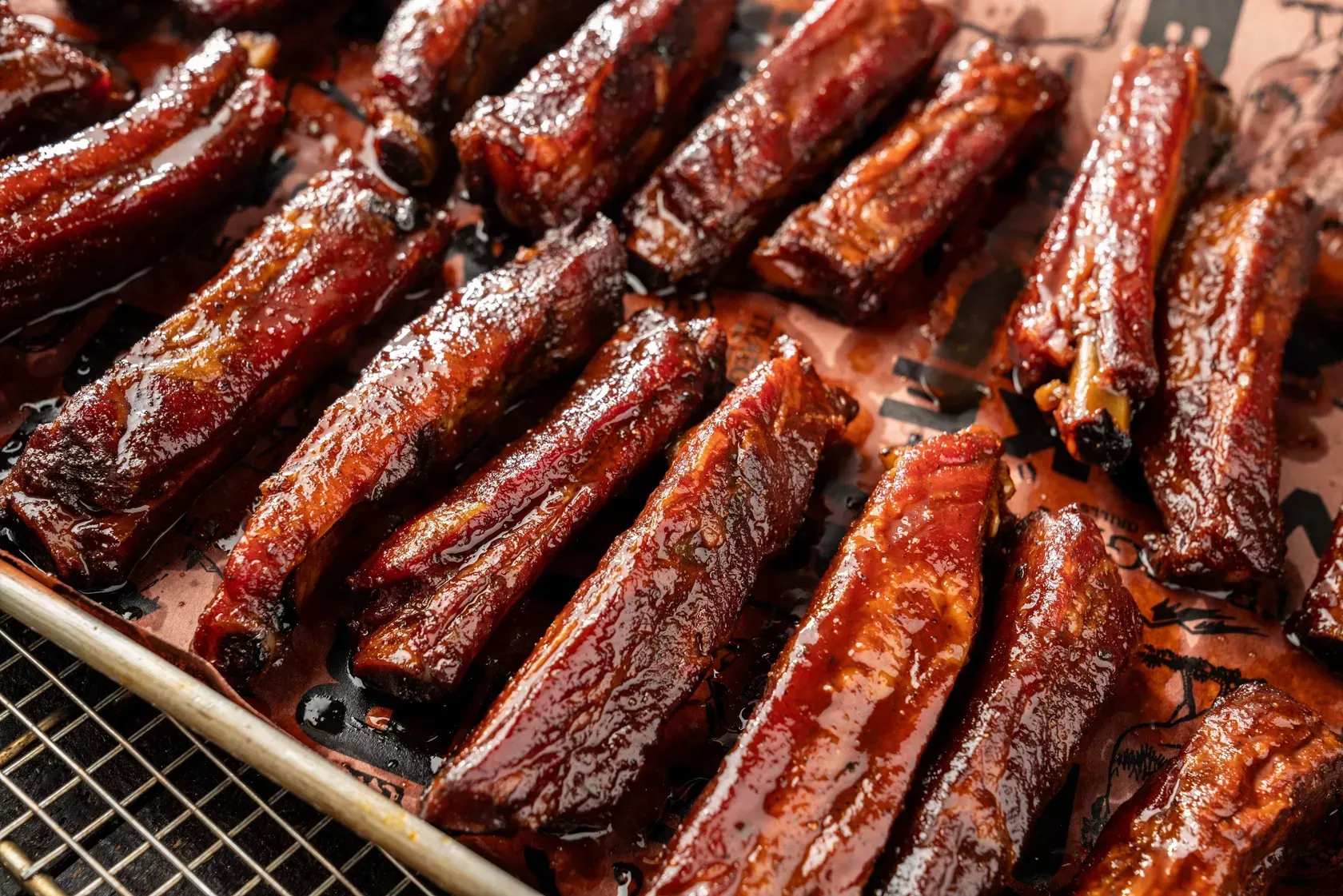
por Trina Dunkin
•
20 de febrero de 2025
These party ribs are packed with flavor worth celebrating. This recipe is a cross between ribs and burnt ends—giving you deep, sweet flavor with crispy caramelized edges. The secret is cooking the ribs individually on your pellet grill for faster cooking—about half the time of regular rib racks. They’re also easier to serve as finger food at, you guessed it, a party.
Lawn-Care Tips and Tricks
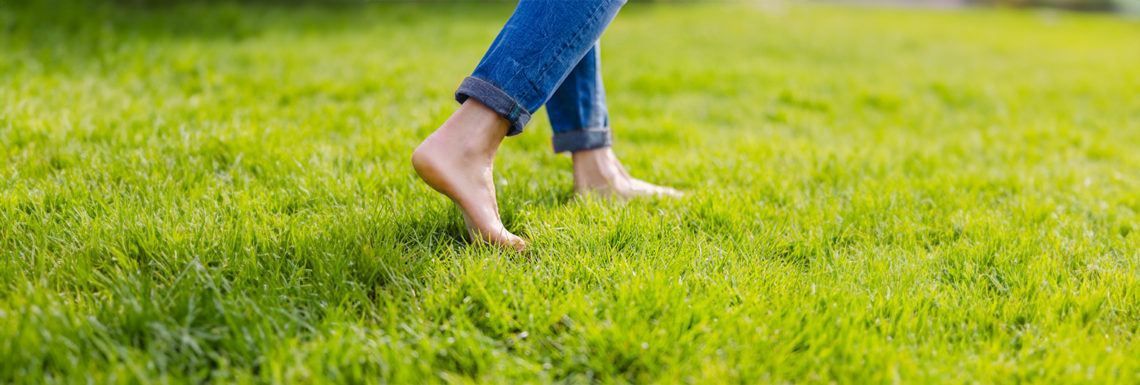
por Luke Fuqua
•
11 de febrero de 2025
Your lawn is more than just a patch of grass—it's a gathering place for family barbecues , games of catch, and relaxing evenings outdoors . However, heavy foot traffic can take a serious toll on your yard, leading to compacted soil, thinning grass, and unsightly brown patches . The good news? With a little care and strategic planning, you can keep your lawn looking its best, even during the busiest seasons.

por Luke Fuqua
•
4 de febrero de 2025
Lawn care is often seen as a chore, but what if we told you it’s more than just cutting grass? A healthy lawn enhances your home’s beauty, improves mental and physical health, increases property value, and even helps the environment. So before you put off mowing for another week, consider these benefits of a well-maintained yard!
Hassle Free, Free Quote
580-886-2345
info@mowersok.com
Woodward, Weatherford,
Vela y Cantón
Oklahoma
Césped y jardín
Backyard Essentials
Almacenamiento y seguridad
Productos de caza
What is M&D?
© 2025
Todos los derechos reservados | Empresas M&D





